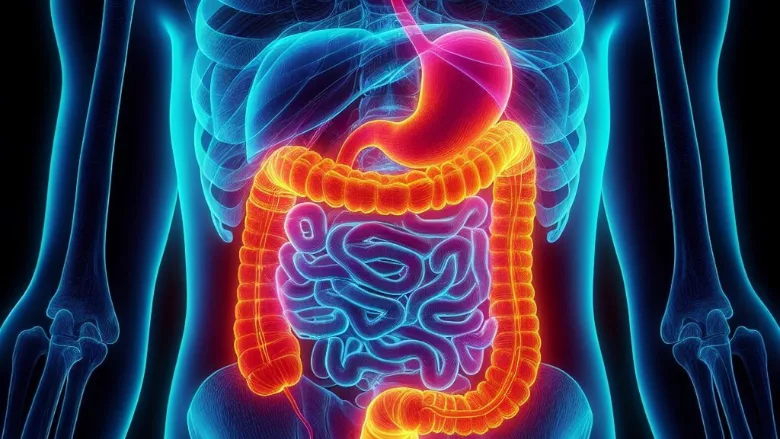Novel qRT-PCR Method Developed to Accurately Identify Emerging Foodborne Pathogen E. albertii

Image credit: David_SMC via Pixabay
Researchers from the Graduate School of Veterinary Science at Osaka Metropolitan University in Japan have developed a novel method to detect one emerging foodborne pathogen in cases of human gastroenteritis. The method will help determine the source and route of infection and aid foodborne illness outbreak investigations.
Escherichia albertii is a zoonotic foodborne pathogen with increasing relevance in certain countries, including Japan. The pathogen was first isolated from a child with gastroenteritis in Bangladesh in 1991. The symptoms of E. albertii can be serious. The burden of disease attributed to the pathogen is unclear, as it is often misidentified as enteropathogenic E. coli (EPEC), enterohemorrhagic E. coli (EHEC), and Shigella boydii.
The research team at Osaka Metropolitan University aimed to develop a more accurate way of detecting E. albertii in people experiencing gastroenteritis. Until recently, multi-locus sequence typing (MLST) was the default method used to identify E. albertii, which is expensive and time-consuming. The researchers’ new real-time method—based in quantitative real-time polymerase chain reaction (qRT-PCR) technology—was shown to be 100 percent specific and sensitive when tested against 39 E. albertii and 36 non-E. albertii strains.
Importantly, while examining E. albertii isolates from clinical samples, the researchers observed that E. albertii can survive in human intestines and will shed from infected people for about four weeks. Moreover, genotyping results for clinical isolates from sibling patients suggest that E. albertii can be transmitted from person to person.
The researchers believe that the novel qRT-PCR method will be helpful not only for understanding how to best treat patients sickened by E. albertii, but also in determining the source and route of infection in cases of illness.
Looking for quick answers on food safety topics?
Try Ask FSM, our new smart AI search tool.
Ask FSM →




.webp?height=200&t=1657568786&width=200)




